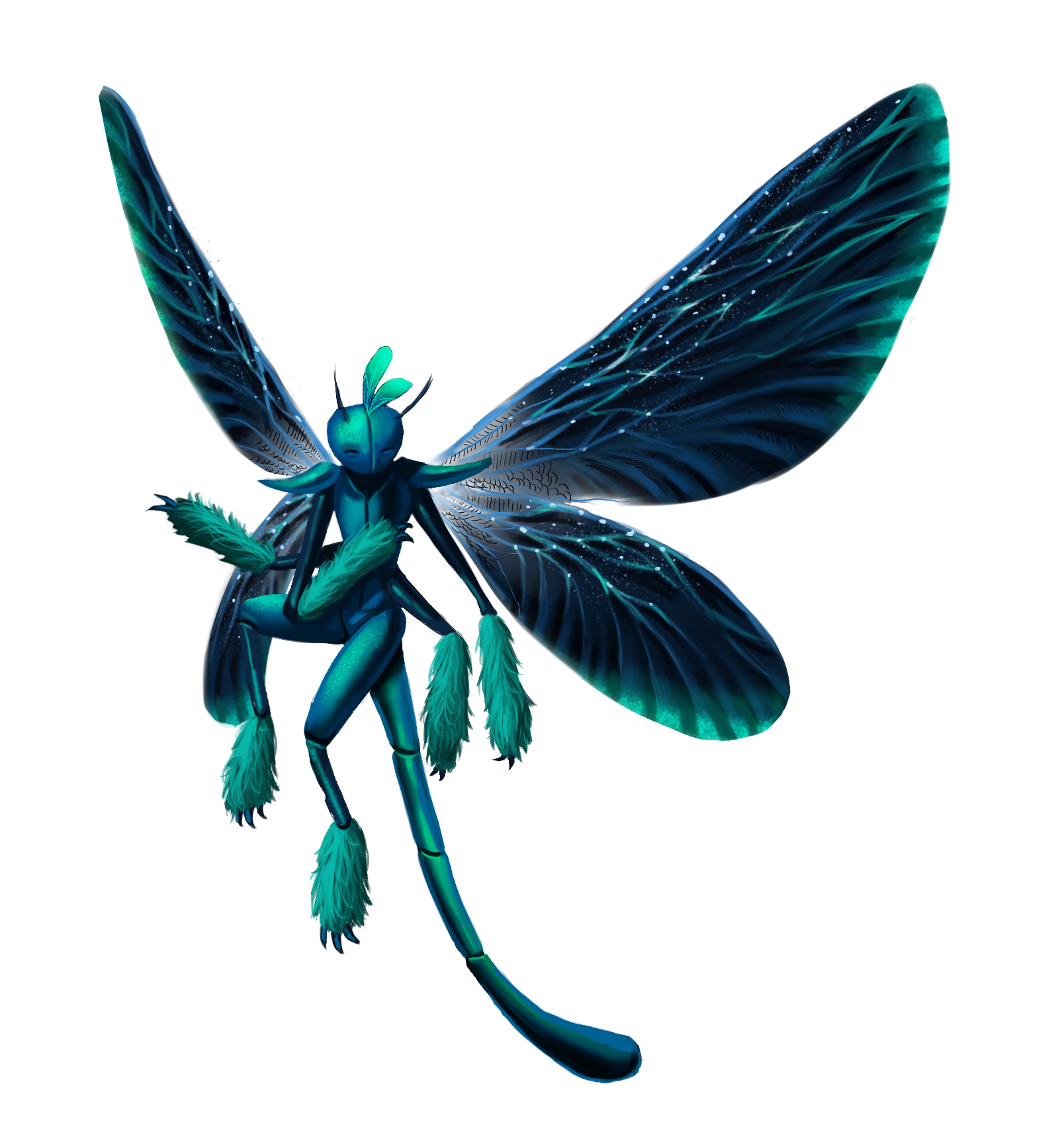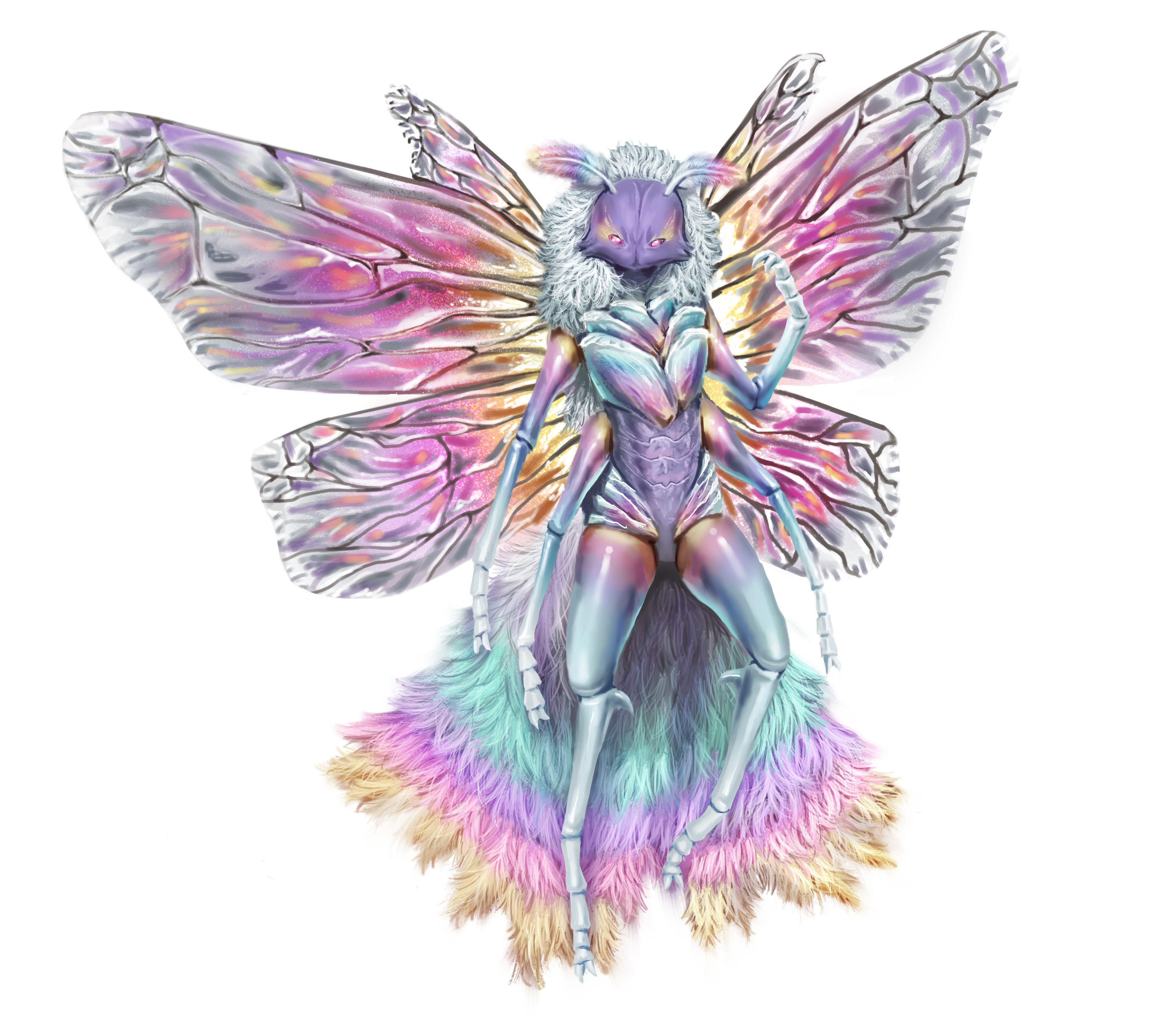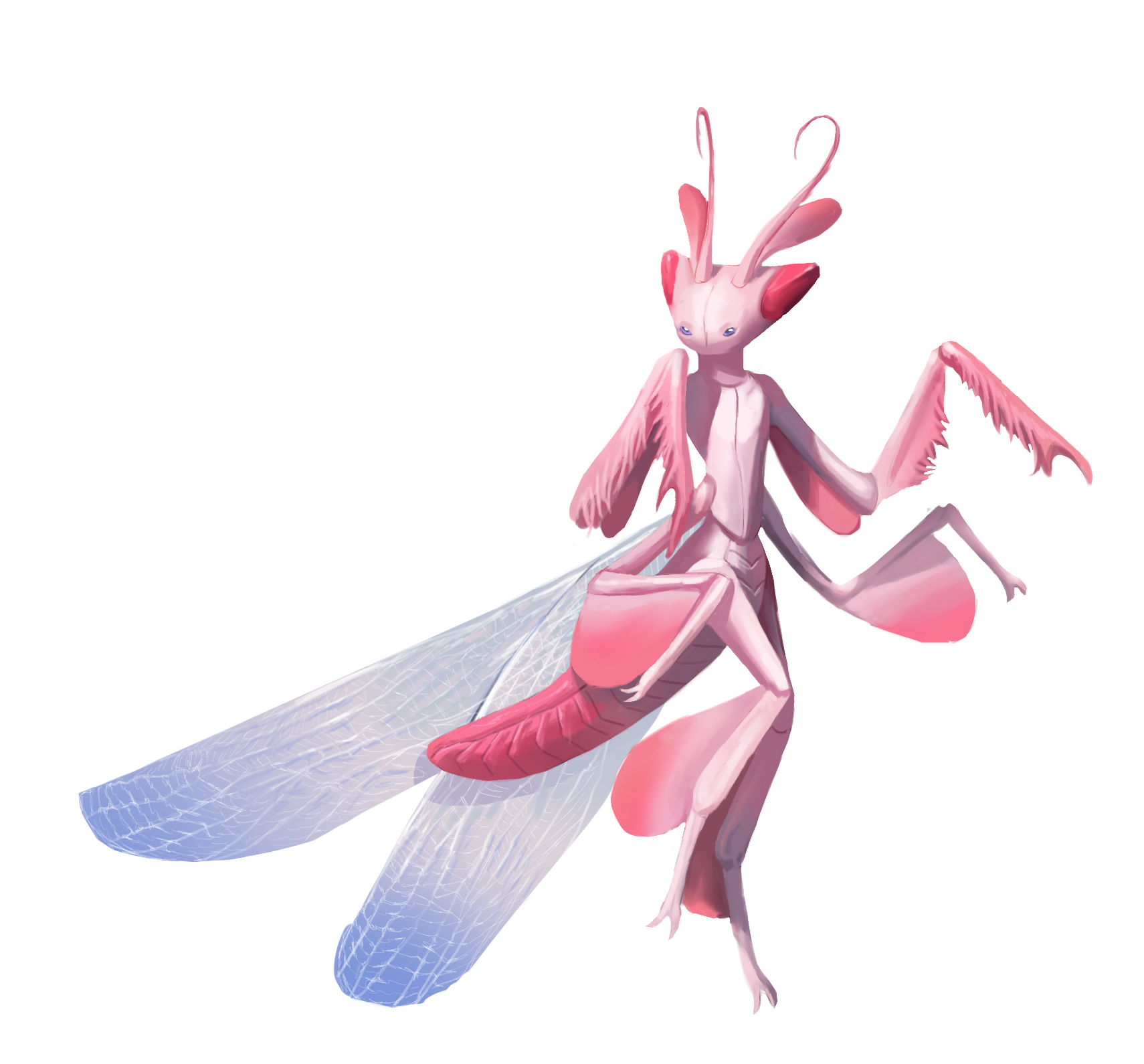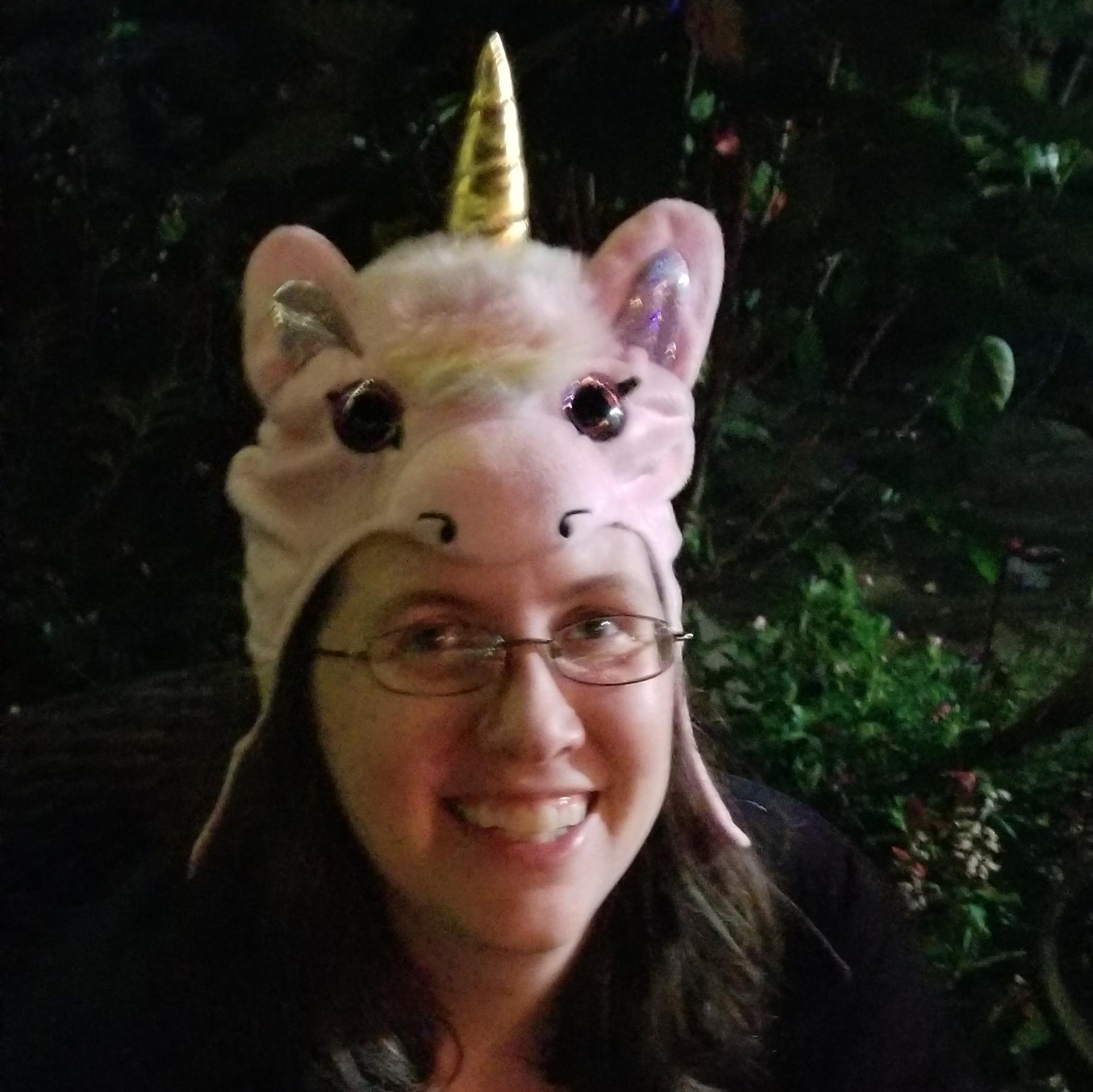fae
Basic Information
Anatomy
Arms
True to their insectoid nature, fae possess three pairs of arms, often called the fore-, mid-, and hind-arms. The exact configuration of these limbs also vary from fae to fae, although all contain at least one bendable joint at some point along their length with most containing at least two. Their arms, particularly their hind-arms, also double as legs.1Wings
All fae also possess at least one pair of wings, with some claiming as many as three. Two pairs seems to be the average. These wings permit the fae to fly and even hover in place, a necessary trait for life mixed among the other, larger species of sophonts scattered throughout Vazdimet. It is not uncommon for a fae to spend the majority of their day in flight, particularly those who interact with non-fae on a regular basis.Exoskeleton
Fae are also the only sophont species to rely upon an exoskeleton rather than an internal skeletal structure. This does not grow with them, instead requiring they molt periodically throughout their growth and development. They are especially vulnerable immediately after a molt until their new exoskeleton hardens, usually within a day or less. Their hardened outer shells do provide additional protections against magic, but their lightweight nature and smaller stature still leave them physically vulnerable to the larger hazards of the universe. Legend claims this led the fae of ancient Fillimet to hide their existence from the rest of society, living in vibrant but isolated communities in the environmental extremes of the world, although the truth of these tales have not been verified.Dietary Needs and Habits
Additional Information
Perception and Sensory Capabilities
Sight
While fae have exceptional sight and depth perception up close, with many possessing compound eyes allowing for highly detailed images and full degrees of vision, they are surprisingly nearsighted. Rather than relying upon glasses or other physical means of vision correction, fae lean into their remaining senses, particularly their unique sense of smell. Some fae also choose to learn basic Thaumathea to improve their vision at distances, although others find the prospect of long-range sight disorienting and even overwhelming.Touch
Fae are highly sensitive to touch, with hairs all over their bodies including their legs, wings, antennae, and even eyes. This allows them to not only sense objects they are touching, but also changes in local air patterns, allowing them to dart out of the way of larger species and other potential physical dangers.Smell
Fae possess an excellent and highly refined sense of smell. It could be argued that a fae's capabilities for smell are equal to that of a canid, although the comparison is rather misleading, as their experience of smell is quite different to that of other sophonts. A fae's antennae contain olfactory sensors, providing detailed information about the scents and smells surrounding them. They can easily determine the identity and location of each source, allowing them to recognize familiar people and objects in their vacinity at long range despite their genetic short sightedness. With practice, fae can also refine this sense further, allowing them to fairly accurately determine the chemical makeup of each scent. This has become a particularly popular skill among those dealing with Curative Magic or Alchemy.Hearing
Fae utilize a pair of thin, tympanic eardrum-like membranes to hear, located on either side of their thorax, typically between their fore- and mid-arms. Some also possess additional membranes in their arms, allowing them even greater accuracy in locating the source of a sound. Their range of hearing is greater than that of most other sophonts, including the katanoji, although their ability to interpret sounds in the lower ranges remains limited unless further enhanced with Anemancy. They hear best in the higher octaves, likely an adaptation due to their own higher pitched voices.Taste
In addition to their probiscus, fae possess taste receptors on their hands, antennae, and legs. They can experience sweet, salty, sour, and bitter flavors, although sweet is clearly their favorite, a fact echoed by their typical diets of nectar and fruit.Magic
In addition to their skills in using magic, fae are highly attuned to the magical fields surrounding them, allowing them to use their larger Imperium reserves more efficiently. Their magical endurance and efficiency is often compared to the notable physical endurance of human. They are also more likely to possess a natural affinity for Metamagic, the only classification of magic that cannot be taught to those without a genetic disposition, although of course the ability remains rare.Civilization and Culture
Common Etiquette Rules
Hygiene
Fae self-groom, much like katanoji, although they rely on their hands and arms. They have been known to use dust baths to clear dirt out of their joints, and while they avoid larger streams of water, a fine mist can help their cleaning regimes. In worst-case scenarios they are able to trigger a new molt, shedding their current exoskeleton in favor of a new one, although this is seen as a last resort.Common Dress Code
Interspecies Relations and Assumptions





Theme by Damion Otter. Vazdimet and Magic Logos by Grace Gittel Lewis. Faction and Family Logos by tjtrewin. Subscriber boxes by Stormbril. Meet the Vazdimet team.
Please check our Fan Content Policy and Discussion Board Rules for details on interacting with the Vazdimet universe.







Wonderful article, I love all the details about the fae
You had better. You made me worldbuild a bunch of it. Like how they take baths. >:X Kai and his questions. I love both of you. Thank you. <3
Necromancy is a Wholesome Science.